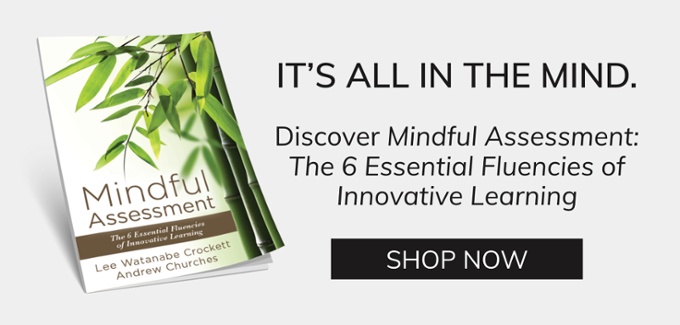27 Teacher Actions That Help Promote Valid Assessment Data
There is often talk about assessment–its forms, frequency, and the integration of gleaned data to revise planned instruction. Formative versus assessment, rigor, and the evasive nature of understanding are also areas for exploration.
But rarely is there discussion about the kinds of things teachers can do–literal actions and concrete strategies–to help streamline the assessment process, and hopefully produce purer results you can trust.
In the infographic below, Mia MacMeekin offers her now familiar “27 ways” format, this time teacher actions that are conducive to more valid assessment results–and thus data you can trust. Coupled with our 10 Assessments You Can Perform In 90 Seconds Or Less, that’s several dozen simple formative assessment forms and strategies to add to your teacher tool set.
As with any list, some are better than others, but a few stand out:
Evaluate
Having the student evaluate the format helps bring them closer to the actual process of learning
Seconds
Or thirds, fourths, and fifths. What matters is that they prove they understand, no?
Match
Align assessment forms so that the form isn’t the barrier.
Limit & Relax
This is especially true for struggling readers and younger students. If you ever don’t believe it, give the same test under multiple circumstances, and watch the data jump all over the place. On a Monday. A rainy day. The day a student broke up with their boyfriend. Early in the morning. After lunch.
Prep
Or as described below, model. Model what you expect so that students are clear. You can make it open-ended and creative, but don’t be surprised when the data is “problematic.”
This article originally appeared on TeachThought and was written by the TeachThought staff. The infographic was produced by Mia MacMeekin.


